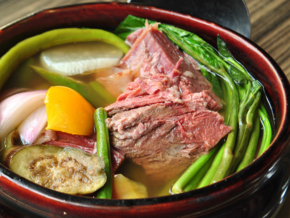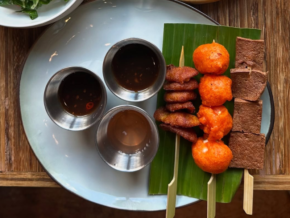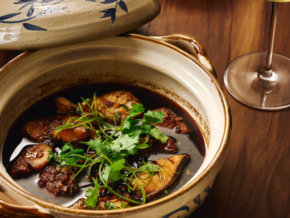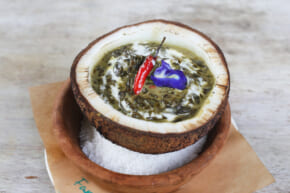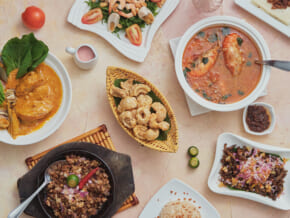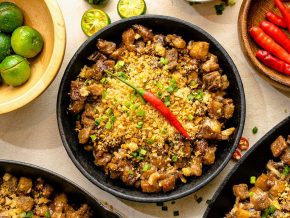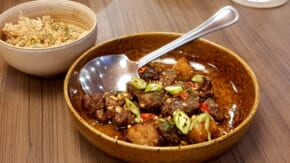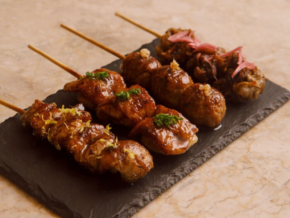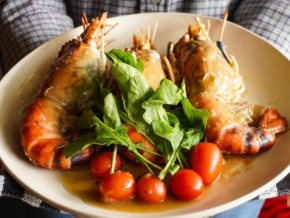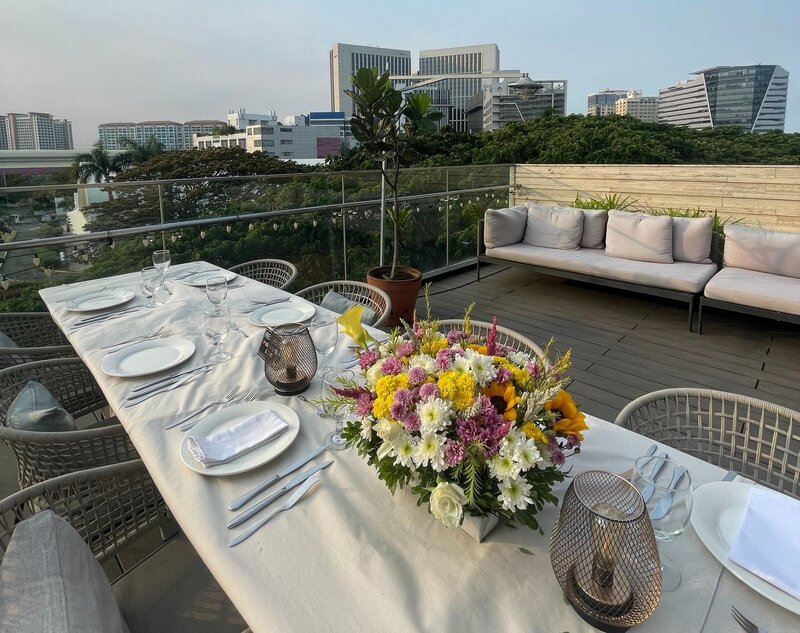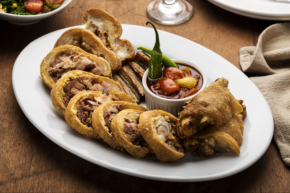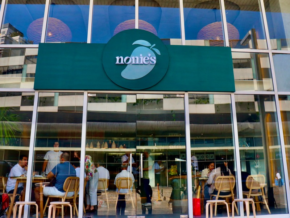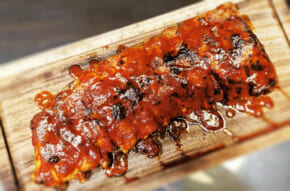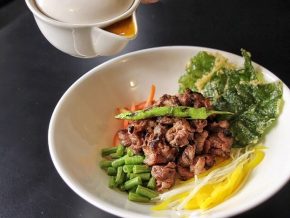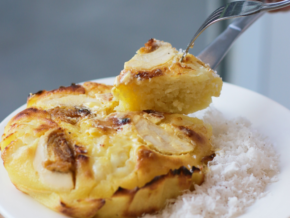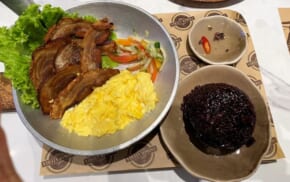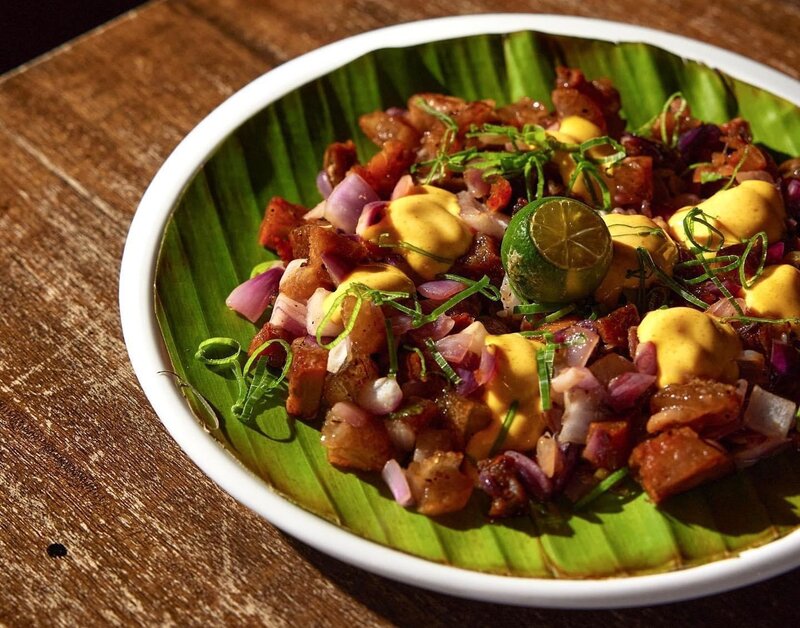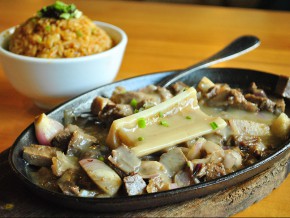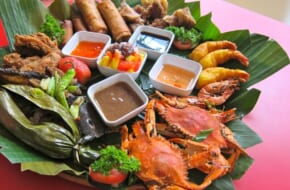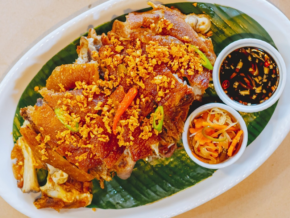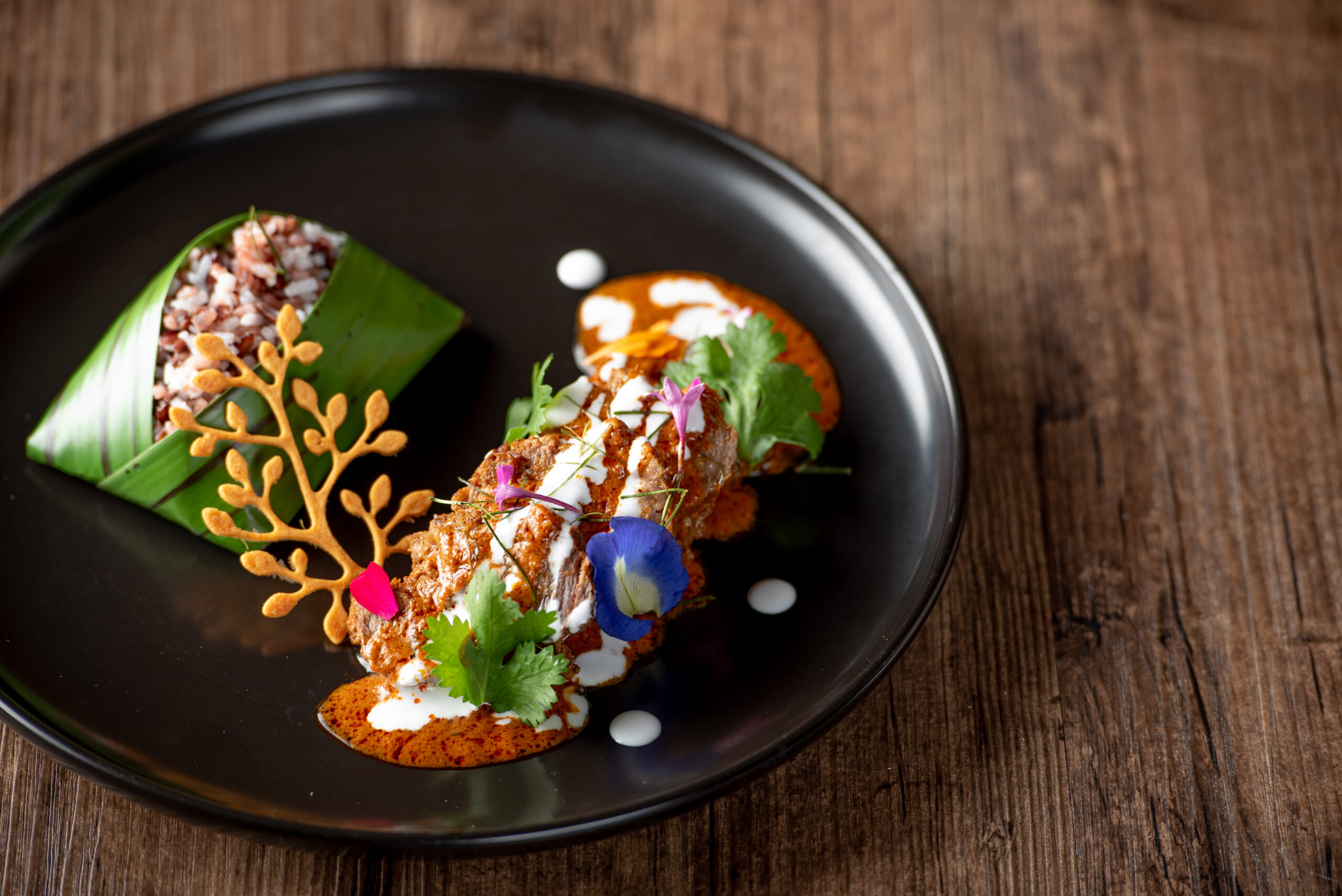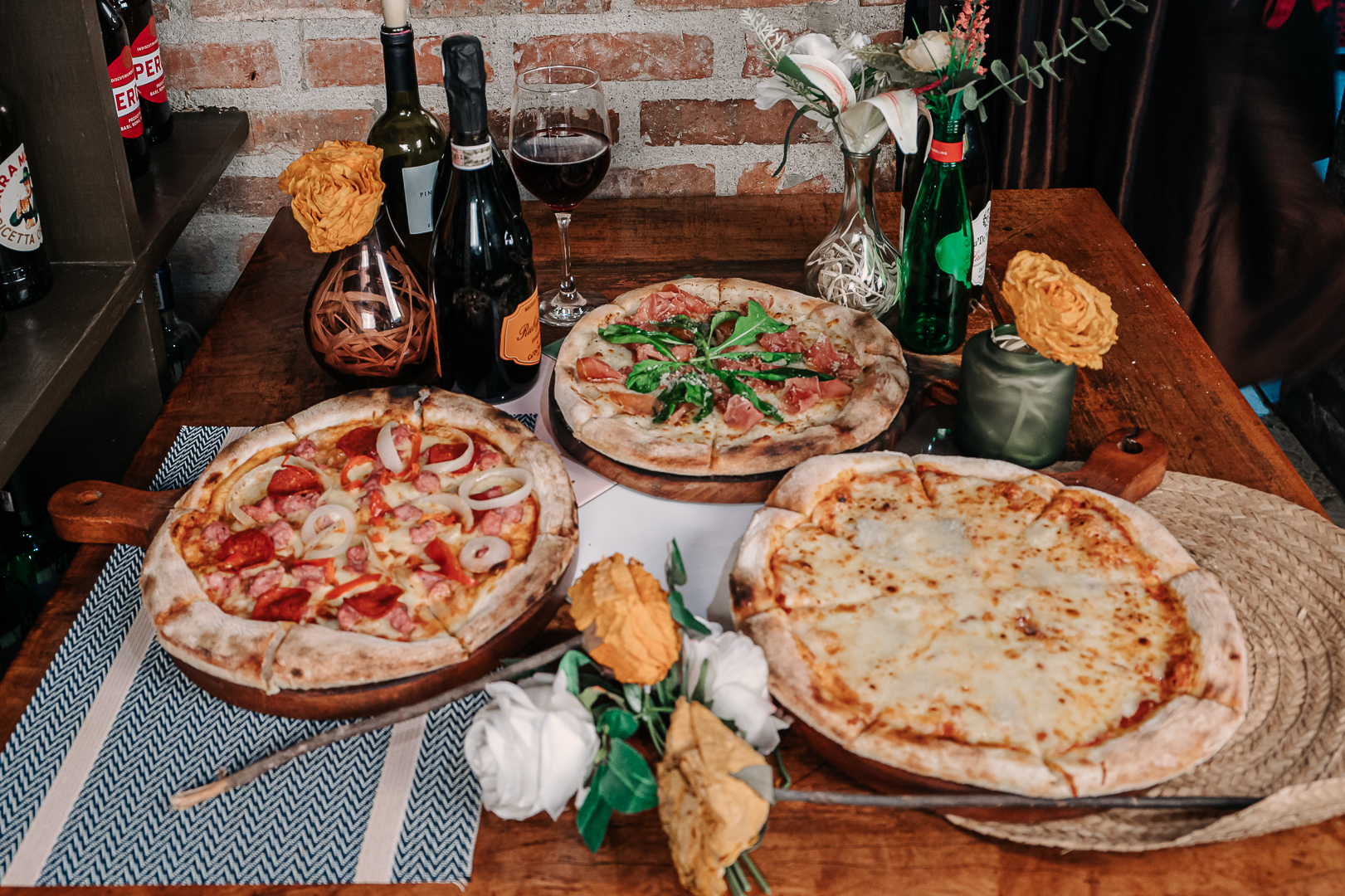Must-visit Filipino Restaurants in Metro Manila
To sum Filipino food up, it is like a fiesta on a plate. It’s a delightful mix of flavors and textures, born from the Philipppine’s rich history and cultural diversity. You get the tang of sinigang, the comforting taste of adobo, and halo-halo’s creaminess and indulgence. Meanwhile, regional dishes such as humba, chicken inasal, and laing add more variety and highlight the cooking traditions of the places where they originated from. From the humble street food to the upscale neo-Filipino fine dining, our cuisine is full of surprises and excitement, like opening a gift from a loved one!
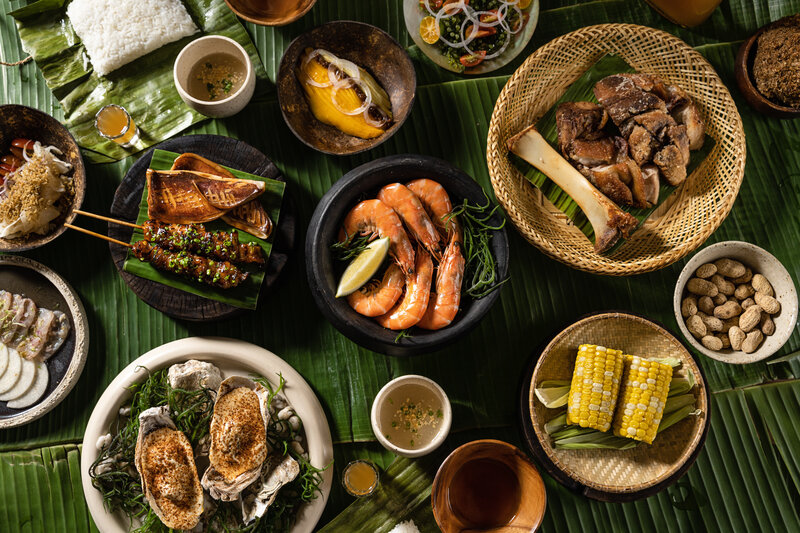
Kamayan / IMAGE from Toyo Eatery
That’s why this month, we’re giving you a insight into the flavors that make Filipino cuisine stand out by showcasing popular and well-loved names such as such as Metiz, Toyo Eatery, MilkyWay Cafe, and Friends & Family.
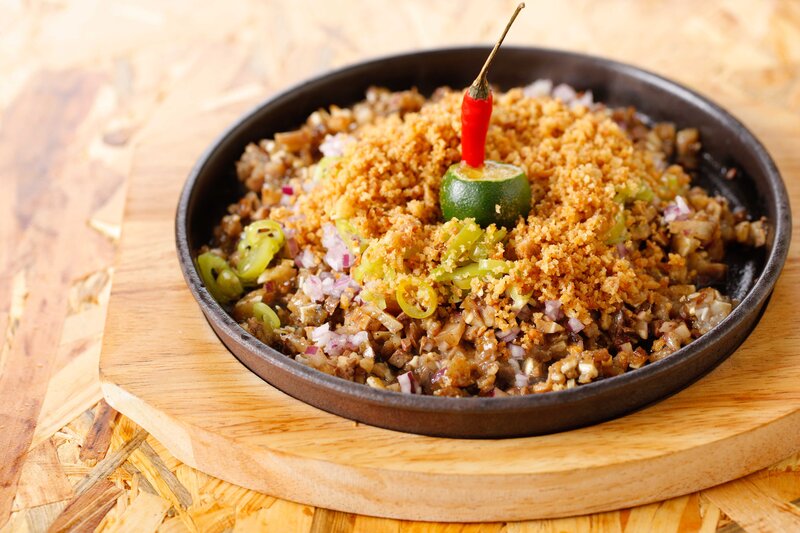
Classic Sisig / IMAGE from Family and Friends
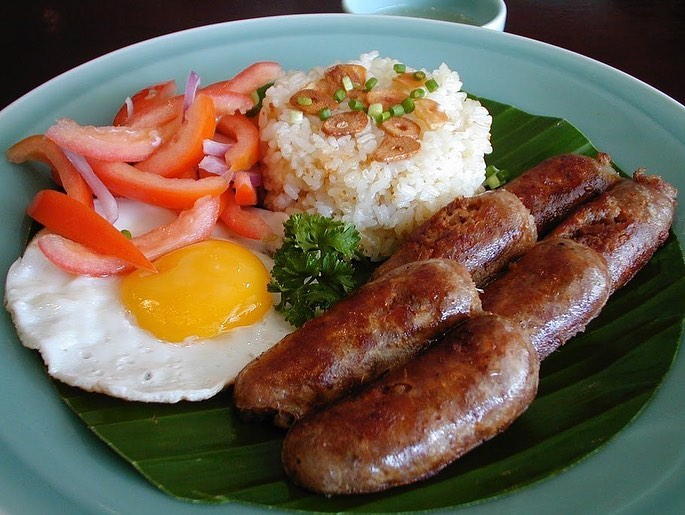
Longsilog / IMAGE MilkyWay Cafe
These establishments offer their own unique takes of Filipino dishes, from the modern touches of Toyo Eatery and Metiz to the traditional approach of MilkyWay Cafe and Friends and Family.
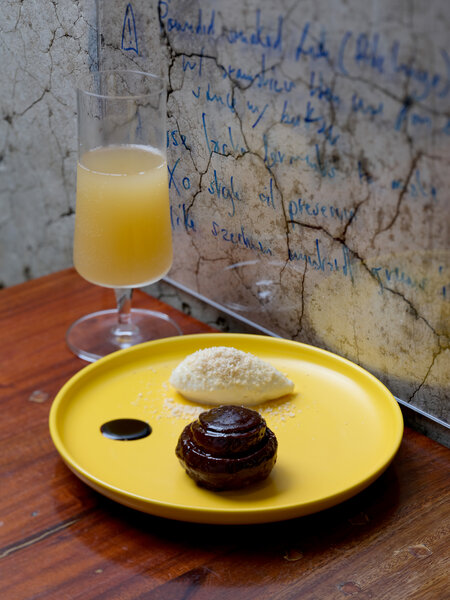
Caramelized ensaimada, aged goats cheese and soured milk, a reduction of aged tapuy / IMAGE from Metiz
Also read: Your Favorite Filipino Desserts and Where to Get Them
Uniquely Filipino
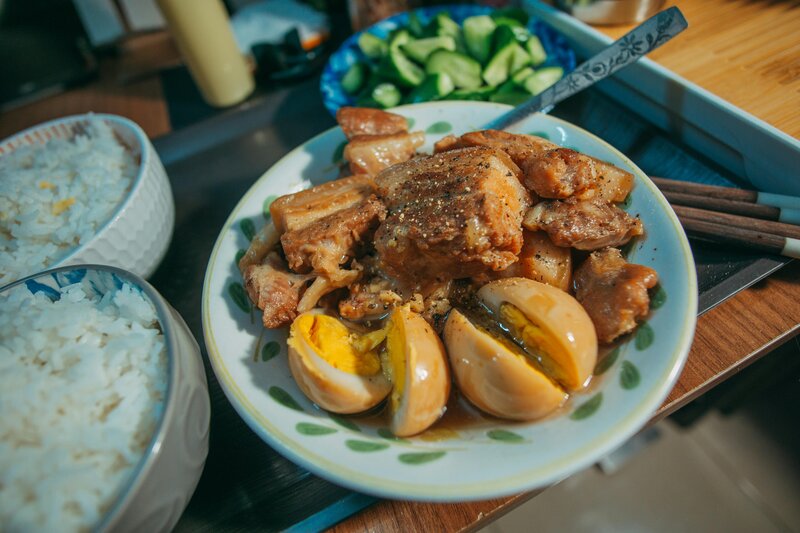 Pork adobo with hard boiled egg / IMAGE from Pexels
Pork adobo with hard boiled egg / IMAGE from Pexels
But before we explore these spots, let us first talk a look at some Filipino eating etiquette and traditions you might be unfamiliar with.
Eating with spoon and fork: In the Philippines, the locals have adopted the westerners’ way of eating with a spoon and fork. Considered practical by most Filipinos, the spoon is usually held in the right hand and is used for scooping rice and ulam (viand), while the fork is held in the left hand, assisting in maneuvering or cutting food. It’s common for Filipinos to mix their side dishes with rice, often breaking down larger items into smaller pieces with these utensils.
Pouring soup and broth over rice: Enjoying broth, soup, and sauces over rice is also a common practice to enhance the meal’s flavors.
Communal platters: The Filipino tradition of communal eating is evident in the serving of food on large platters, meant to be divided among diners. This communal-style dining is often seen in restaurants, where dishes are often served in hearty portions intended for two or three people.
Kamayan: Eating with one’s hands is common among Filipinos. This emphasizes a more natural and intimate connection with food and is often seen as a way to foster community and togetherness during meals. Locals typically enjoy meals as social events, often sharing dishes family-style to emphasize togetherness. A fine example of this is the boodle fight, where generous portions of rice, egg, seafood, meats, and vegetables are spread on large banana leaves.
So now that you’ve gained some insight on Filipino food etiquette, gather your family and friends as we explore these must-visit spots and experience the best of Filipino dining in Metro Manila. Let’s eat, or to say it more appropriately, kain tayo!





